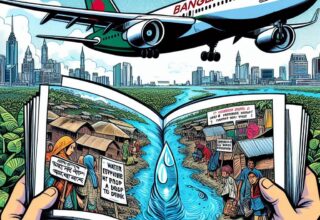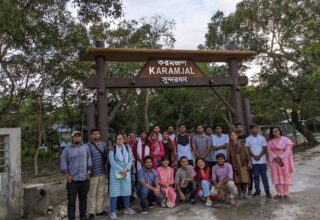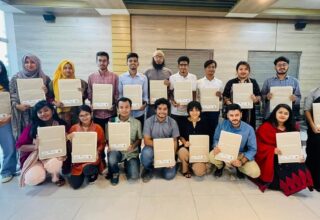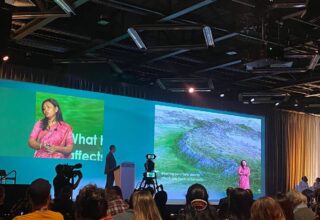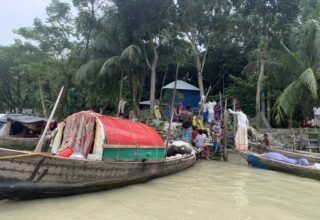I am conducting my research on children-focused disaster risk reduction (DRR) programs and how they enable children to reduce vulnerabilities to the climate-induced hazards like flood and cyclones. Bangladesh is a disaster-prone country due to climate change. According to a report on DRR for Bangladesh, climate experts predict that climate-induced hazards like floods and cyclones will not only become more ‘severe’, they will also occur beyond the usual weather pattern.
Children are one of the most vulnerable groups to various risks resulting from climate change. A study claims that children remain at high risk to health, malnutrition, and exploitation due to climate-induced conditions. According to UNICEF there are two critical issues for the future of climate change impacts on children — health and economy. UNICEF argues that these issues should be central to research because they affect children’s well-being as well as climate change policy and development practices.
From 9 July to 12 July, I went on a field trip to Bagerhaat and Gopaganj districts with a group of Visiting Researchers from ICCCAD to learn about some community-based adaptation (CBA) programs. Here, we were hosted by a local NGO, Association for Development Activity of Mainfold Social Work (ADAMS), who introduced us to their work and took us to some of their field sites. As well as learning about CBA, we had the opportunity to interact with villagers, particularly women and children, and hear about their life experiences during climate-induced hazards and how they manage to survive.
Throughout our village visits, we learned that women and children suffer various health and economic problems as a result of climate-related hazards. Diarrhoea, pneumonia, amasha (severe upset stomach) and high fever are very common among children. Additionally, during flood season schools are often inundated, disrupting children’s education. One woman in Mitradanga, a village in Gopalganj district, explained that, “children have no place to go when flood water rises. They sometimes die and we cannot help them”.
Adaptive capacity alone is not enough to protect children against climate-related hazards. We must encourage their participation in decision-making process through their learning about climate change issues. Children must have a space to voice their experience and opinion. Children’s participation in decision-making processes is a key issue in DRR. Research shows that it is essential for the children to participate and ‘take control’ of their ‘views’ through their ‘own agency’.
But giving children participatory rights also requires an understanding of various theoretical and contextual concepts such poverty, climate change adaptation and resilience. These conceptual frameworks address issues and debates that are essential in understanding children’s capacity to reduce climate-induced hazards. Furthermore, research shows that these concepts are not mutually exclusive but rather they are central to the child-centred DRR approaches in Bangladesh.
Bangladesh is making strides to reduce children’s vulnerabilities during climate hazards. For example, in 2010 Bangaldesh’s Ministry of Education incorporated disaster preparedness into the curriculum of primary and secondary education. International non-governmental organizations s are also actively working on this issue. PLAN International implemented a student-led DRR program in a northern district in Bangladesh to reduce the effect of the climate disasters during the monsoon season.
Yet we need to do more. We must ensure that research institutes and non-governmental organizations like ICCCAD and ADAMS do not end up working alone. The government must step in to create a platform for effective collaboration between NGOs, private and public sector entities, and community members all across the board, to reduce vulnerabilities of children and their communities to climate-induced shocks and stresses.

